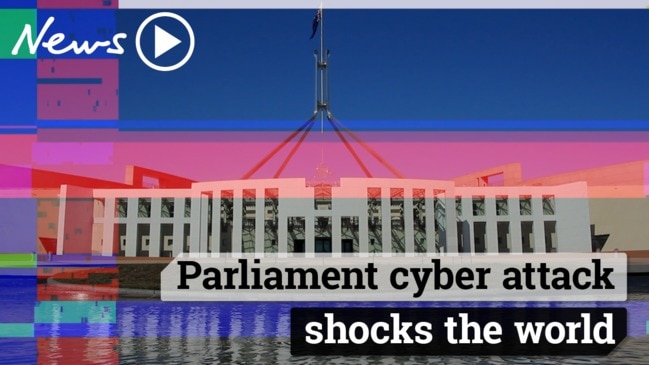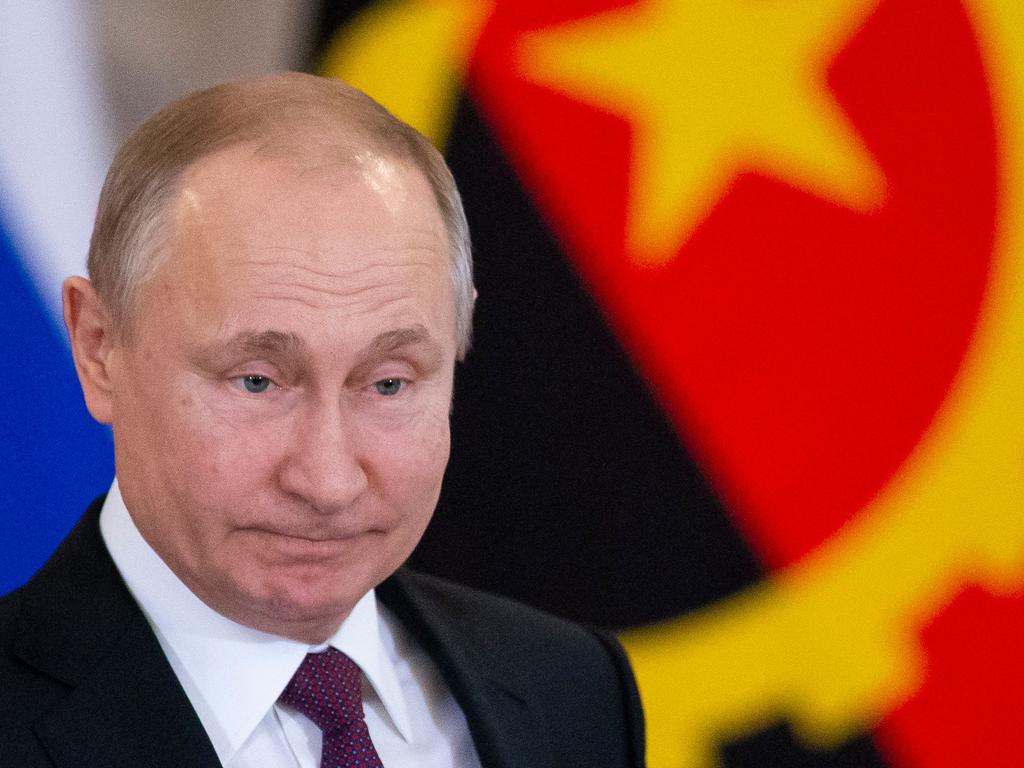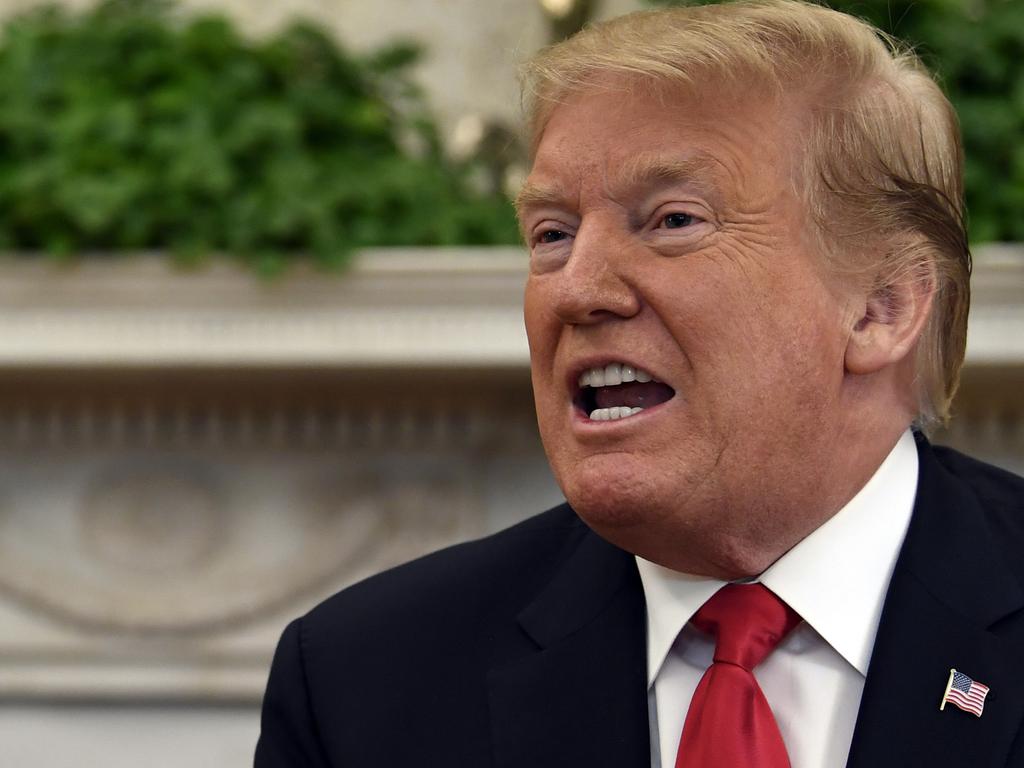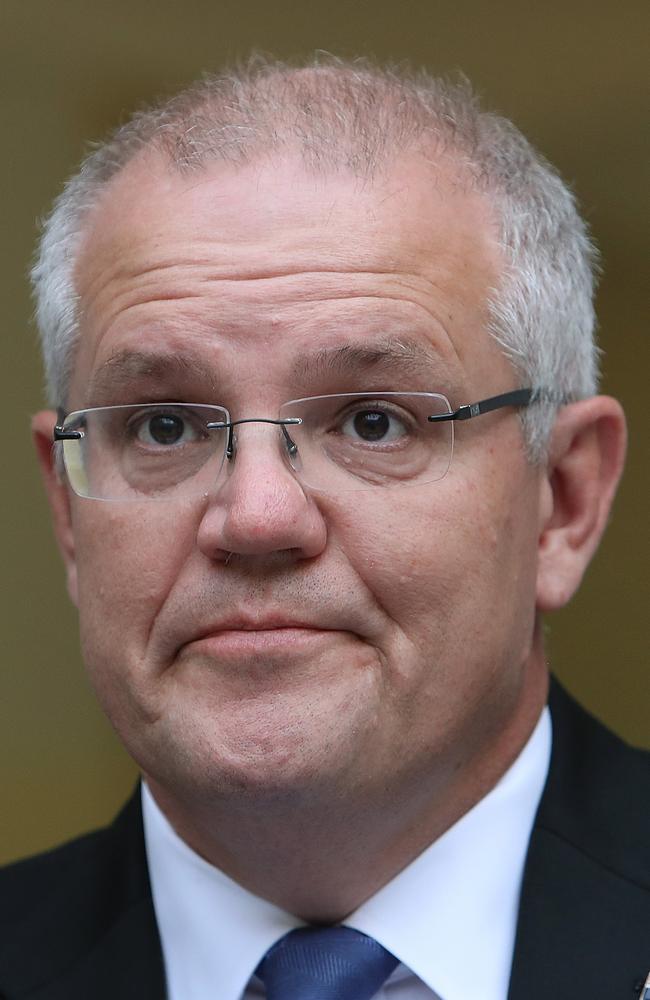Chris Urquhart: Russia’s covert ‘war on Australia’ has already begun
America is still reeling from covert attacks at the hands of suspected Russian agents — now it’s our turn, and the assault has already begun.

ANALYSIS
Make no mistake.
Russia wanted a bitterly divided America and over the past three years it got exactly what it wanted.
Whether the Mueller Report found collusion or no collusion, the end result is the same — a political chasm in the United States, with opposing sides more angry, more bitter and more turned against themselves than at any time in recent memory.
Huge numbers of American people have become so paranoid that they no longer trust the institutions that made their democracy great.
The Russians must be pleased with themselves. Their enemy has become divided against itself and US alliances around the world have become strained.
It seemed to happen so easily, and so quickly. And if you think that Australia is immune to a similar assault, I’ve got news for you.
The war on Australia has already begun.
Related: Doomsday warnings we’re all ignoring
Related: Trump unleashes on Russia probe
Related: Jacinda shows up Australia’s leaders

So how did America get to this point?
It’s always had its share of divisions. Its civil war saw hundreds of thousands of its citizens die. Issues of race, religion, culture have always bubbled away. And as in any democracy, there’s always been a contest of ideas. But the internet age has given American enemies the ability to amplify and weaponise these divisions.
The first we knew of it was just before the 2016 election, when it was revealed that hackers with an affiliation to the Russian military intelligence service hacked Democrat party computer systems and emails.
But hacking was just the beginning.
What Russia really wanted was for Americans to be at war with themselves.
A divided and confused America is a reduced threat. So how could they achieve it?
The Russians fought an electronic war, stirring controversy and causing division largely through fanning the flames of conflicts online through social media.
The Russians realised that if they could push one side or another on divisive issues such as race, gun control, policing, religion, LGBT issues, climate change and more they would exacerbate internal discord in the US.
It wasn’t that these issues didn’t exist already in the US, but social media was weaponised to whip debates into a frenzy.
The fires of division were already burning and the Russian intervention poured petrol on them.

How did they do it?
Largely through the work of the now notorious Russian Internet Research Agency which bought ads, used bots, troll farms, created meme accounts and drove traffic to fake news websites with completely fabricated and often outrageous stories pushing one extreme side of a debate or another. The latter was the original fake news, before Donald Trump co-opted the term for his own means.
It was no small operation.
According to The Disinformation Report which was provided to the US Senate Select Committee on Intelligence by New Knowledge, the Russian campaign reached 126 million people on Facebook. 10.4 million tweets were posted to Twitter. More than a thousand videos were uploaded to YouTube. And 20 million users were reached on Instagram.
The net effect was not only were Americans at war with each other, they were becoming paranoid too. Part of the intention of this information warfare was to have American people become worried, nervous and distrustful of the institutions that they’d reliably looked to for years: Election systems, political parties, the courts, the police and even the media.
Throughout his Presidency, Donald Trump has done little to restore the faith in these.
Moreover, he’s recognised the short-term political benefit of empowering one side of a deeply divided nation.
But that’s America’s problem right? We’ve got nothing to worry about? The same thing couldn’t happen Down Under?
News flash, it already has. And the same playbook is being used.

Let’s start with the hacking.
In February of this year, it was confirmed that a “sophisticated state actor” had conducted a cyber attack on Australia’s major political parties.
If our intelligence agencies know who carried out the hack, they’re certainly not saying, but there are a relatively small number of nations who have the capability, and fewer too who could be the suspect. Among them are Russia and China.
That’s not all though. A year ago this month, 400 Australian companies were attacked as part of a coordinated hack, believed to be attempting to weaken critical infrastructure. Our allies the UK and US suggested that Russian government supported hackers were involved.
That’s the hacking. And just like the Americans we’ve been hit with electronic warfare on social media too.
Last year, researchers Tom Sear and Michael Jensen published a report for The Conversation finding that around 5000 of the tweets published by accounts operated by Russia’s Internet Research Agency mentioned Australia, MH17, or the Australian politics hashtag #AusPol.
The activity involving Australia increased when our government responded to the downing of MH17 and once again when Australian fighter aircraft were flying over Syria.
The report concluded: “The attacks on the 2016 US election have provided adversaries with a playbook to engage in operations against countries like Australia.”

We’re small fry though compared to the United States. What interest could Russia, China or any other adversary have in such a small place like ours?
One reason is of course our alliance with the US. Any of its allies and security partners will certainly be considered a threat.
But we are also a regional player in the Asia-Pacific and the decisions and alliances that our government makes do have an impact on other nations, their economies and their aspirations.
If it’s possible to divide or weaken us, attempts will likely be made to do so. The success of the meddling in the United States shows how easy it can be. The playbook can be copied and used by anyone, anywhere.
At the moment, here in Australia, there are vigorous national debates on gun control, immigration, climate change, far right extremism and many more.
We also have an election coming up.
The conditions are ripe for the type of meddling seen in the US and we ought to be aware of it.
We need to pay particular attention to what we’re seeing, sharing and arguing about on social media and consider the consequences of it when we do.
When extreme views on either side of politics are ventilated and debated, often in inverse proportion to their veracity or popular support, are we better or worse off?
And who would really benefit from a bitterly divided Australia?
Not Australians, that’s for sure.
— Chris Urquhart is a contributor to news.com.au.



